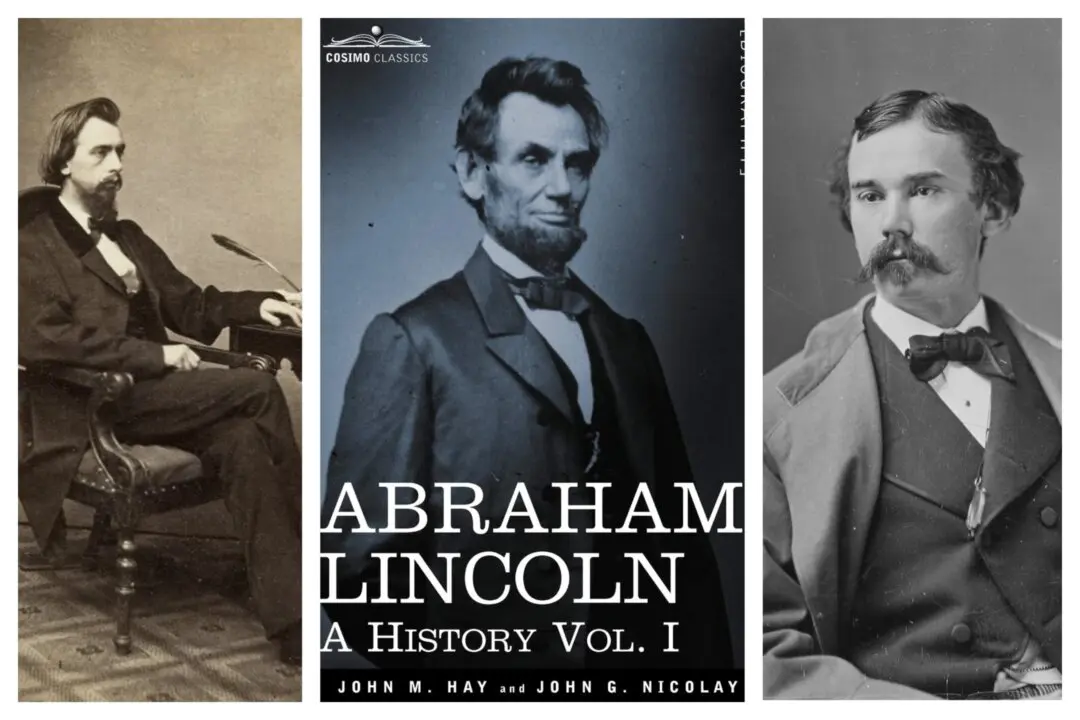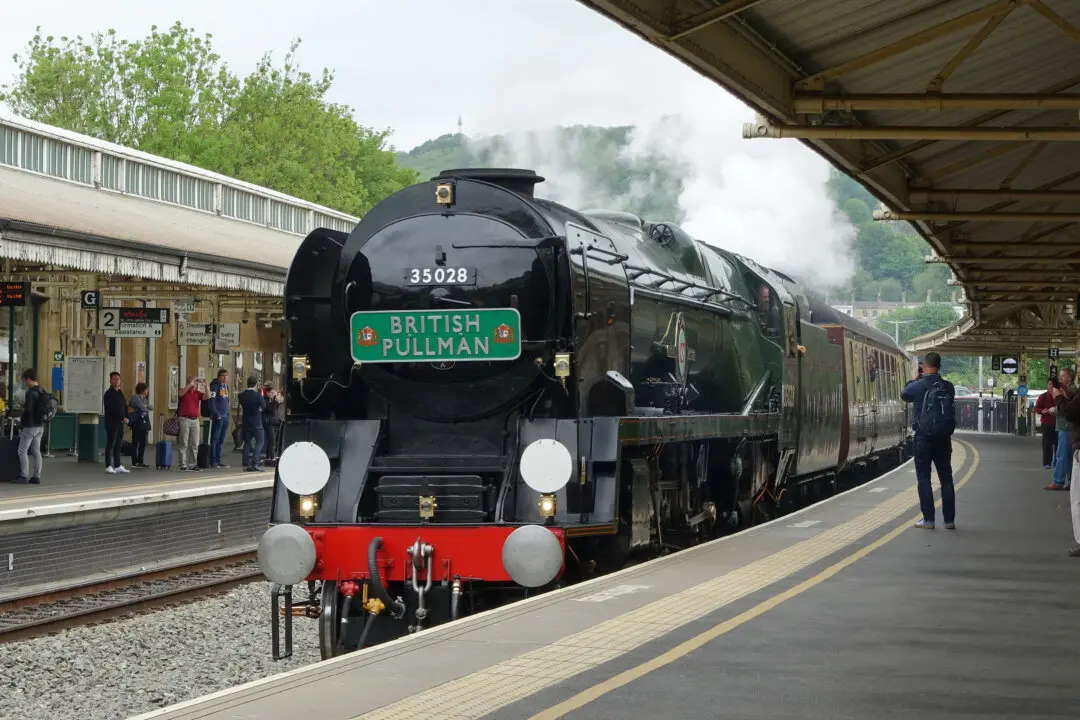On my way up to see Pennsylvania family and friends from my home in western North Carolina, I spotted a small road sign in Rockbridge County, Virginia, on Interstate 81 that piqued my interest. I pulled down a simple road and into a parking lot that indicated it was the entranceway to the official state and historical landmark called “Natural Bridge.”
Besides a short trail that afforded an opportunity for a bit of fresh air, I recognized that the forested path provided surprising historical tidbits. Primarily, placards indicated that George Washington once traversed the area and Thomas Jefferson built a home there.





